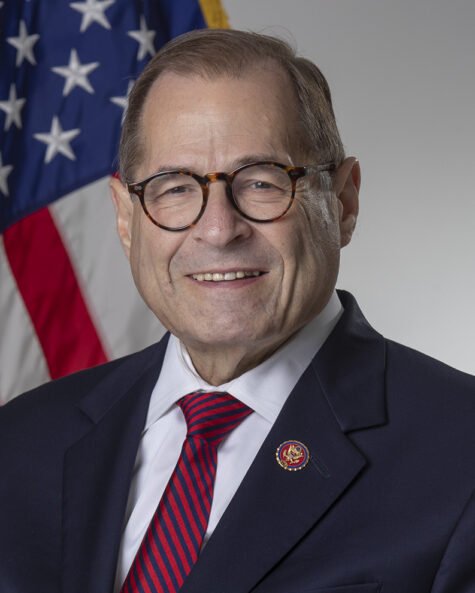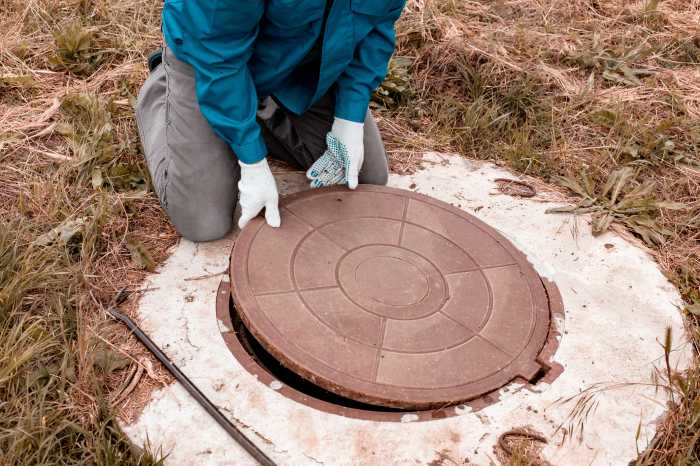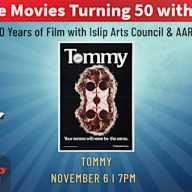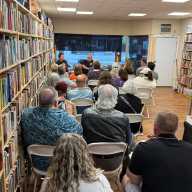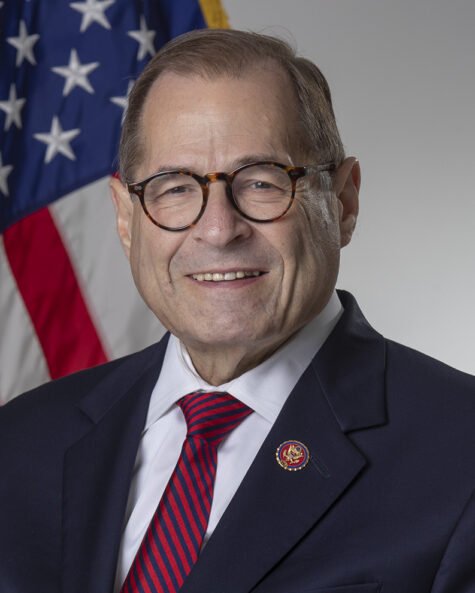
Having been a journalist for nearly six decades, I’ve gotten to know many public officials. The smartest person in politics I’ve ever known – and I’ve told this to folks for years –is U.S. Representative Jerry Nadler. In Jerry Nadler, chairman of the House Judiciary Committee that just handed down articles of impeachment against Donald Trump, Trump has quite an adversary.
“Jerry Nadler Was Born to Battle Trump,” was the headline of an article in April in The New Republic. It concluded speaking about his “mandate to counter the momentum toward autocracy and to shore up democratic institutions and practices under siege.”
“We’re now in a Constitutional crisis,” said Nadler as the process of impeaching Trump began earlier this year, accusing Trump of an attack on the “essence of our democracy.”
Nadler has been in Congress since 1992. He represents much of Manhattan and parts of Brooklyn in New York’s 10th Congressional District. From 1977 to 1992, he was a member of the New York State Assembly.I got to know Congressman Nadler in the 1990s when I authored books, wrote articles and presented TV documentaries on the use of nuclear power in space by the U.S. and also the Soviet Union and then Russia. A decade earlier, in 1986, I broke the story in The Nation after the Challenger space shuttle disaster about how its next mission was to loft a space probe containing plutonium fuel. If the Challenger exploded on that launch, in May 1986, and the plutonium was dispersed, far more people than the seven brave astronauts who died in the January 1986 catastrophe would have perished.
This was not a “sky-is-falling” issue, I found. There had been accidents and dispersal of radioactive material in accidents in both the U.S. and the Soviet/Russian space nuclear programs.
(In addition to investigating the issue in the U.S., I received an invitation from Dr. Alexey Yablokov, environmental advisor to Russian presidents and leading opponent of Soviet/Russian space nuclear missions, to go to Russia to speak at conferences and at the Russian Academy of Sciences. I made repeated visits.)
The biggest nuclear shot ever – NASA’s Cassini’s mission to Saturn – was scheduled for 1997. Some 72.3 pounds of deadly plutonium, more than ever used on a space mission, was involved.
There was the threat of a launch pad explosion – one in 100 rockets blow up or otherwise malfunction disastrously on launch. And also, there was the threat of a repeat of an earlier space nuclear disaster – the spacecraft not achieving orbit and falling back to Earth, disintegrating in the atmosphere and spreading plutonium. Further, on the Cassini shot, a “slingshot maneuver” involving the Earth was planned. The rocket was to be sent hurtling back at the Earth, coming in at 42,300 miles an hour just a few hundred miles overhead, to use the Earth’s gravity to increase its velocity so it could reach its final destination of Saturn.
If there was what NASA called an “inadvertent reentry” into the Earth’s atmosphere on the “slingshot maneuver” causing disintegration and release of the plutonium, the NASA Final Environmental Impact Statement for the Cassini Mission estimated that “5 billion…of the world population…could receive 99 percent or more of the radiation exposure.”
Also, a solar power alternative was available, thus eliminating the use of plutonium to generate a modest 745 watts for onboard electricity for instruments.
It was then that I got to know Jerry Nadler. His brother, Eric, is a good friend. Eric is an investigative reporter who has written and appeared on TV programs for “Frontline” on PBS, Globalvision, and written articles in Rolling Stone, Mother Jones and other investigative media.
I sent Congressman Nadler a book I had just written on the space nuclear issue focusing on Cassini, “The Wrong Stuff,” along with one of my TV documentaries, “Nukes In Space: The Nuclearization and Weaponization of the Heavens.
”We met and discussed the situation. Nadler has a brilliant mind. He fully understood the enormous perils of using nuclear power overhead. Further, when the subjects turned to politics and government, his knowledge was encyclopedic. He organized a group of members of Congress calling for a cancellation of the Cassini mission. He and the other members held a press conference on the steps of the Capital in Washington, D.C., detailing the lethal dangers of the mission. NASA, however, refused to cancel it. Fortunately, this time there was no disaster in this game of nuclear Russian Roulette in space. Subsequently, underlining how plutonium power on the Cassini mission was unnecessary, in 2016 NASA’s Juno space probe arrived at Jupiter – with solar power substituting for plutonium. (Still, NASA is now planning more space nuclear shots.)
Stated the New Republic piece: “Nadler might seem like an unusual political leader to take on the role of presidential nemesis; he is thoughtful, thorough, and cerebral, a man of ideas – the opposite of Trump.”



